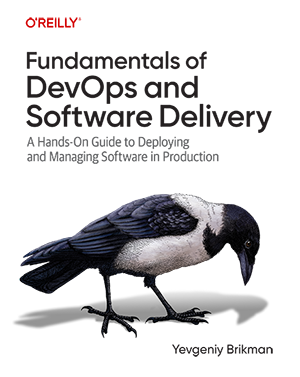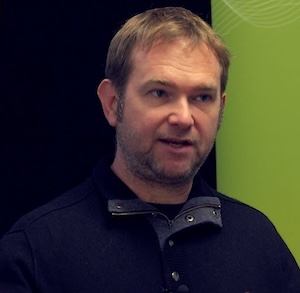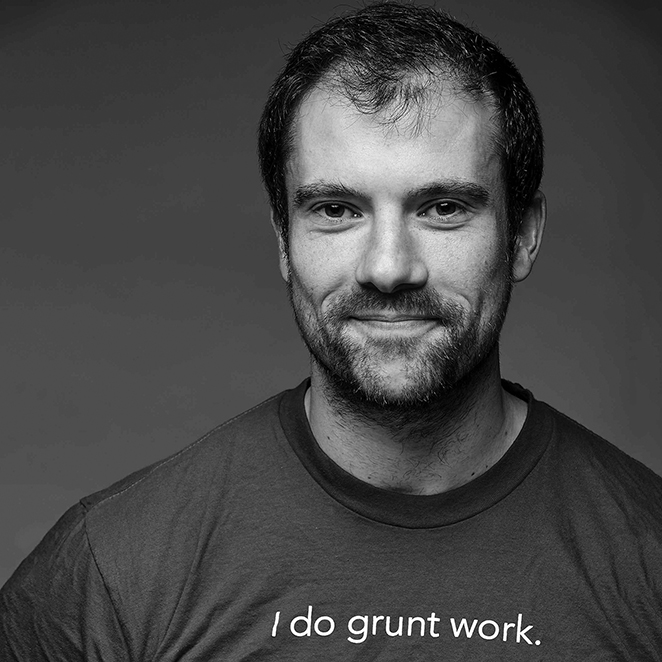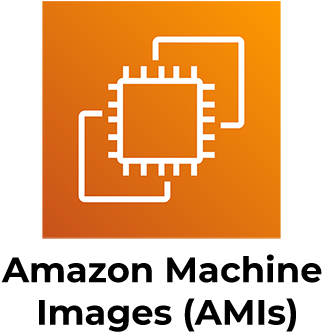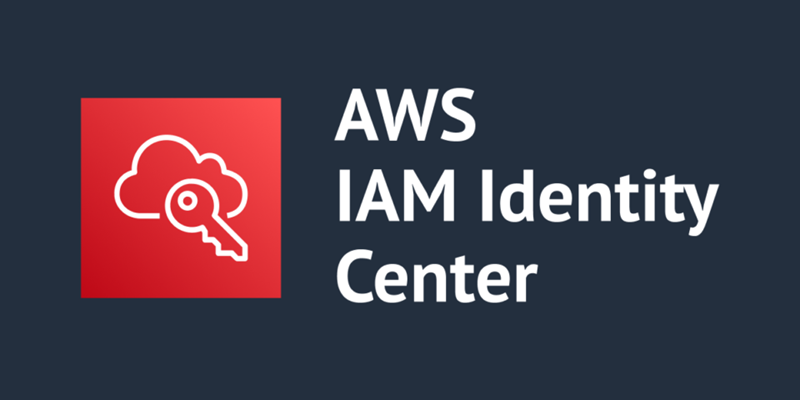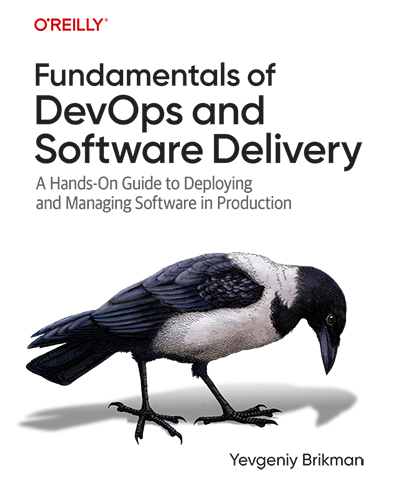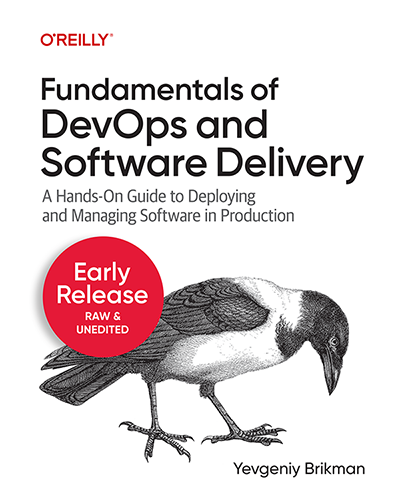Fundamentals of DevOps and Software Delivery
By Yevgeniy Brikman
While most books about DevOps focus only on high-level theory and culture, this practical, hands-on guide focuses on the actual tools, practices, and technologies that constitute software delivery. Yevgeniy (Jim) Brikman (author of Terraform: Up & Running) shows you how to run and maintain software in production through dozens of step-by-step examples:
- Apps: VMs (EC2), containers (Kubernetes), serverless (Lambda)
- Infrastructure: Terraform/OpenTofu, Packer, Docker, Ansible
- CI/CD: pipelines, automated testing, release automation
- Networking: VPCs, VPNs, DNS, service meshes
- Architecture: environments, libraries, microservices
- Security: secrets management, encryption (TLS, AES)
- Data: relational DBs, NoSQL DBs, file stores, CDNs
- Monitoring: metrics, logs, events, alerts
By the time you’re done with the book, you will have had hands-on practice with all the essential skills required by every DevOps, SRE, and full stack developer job.
